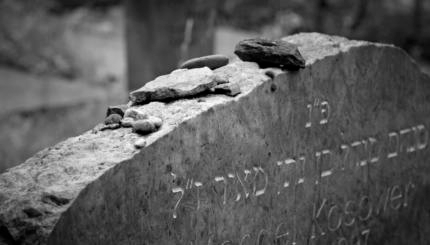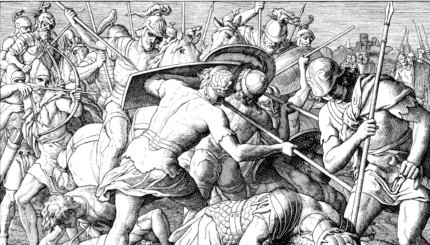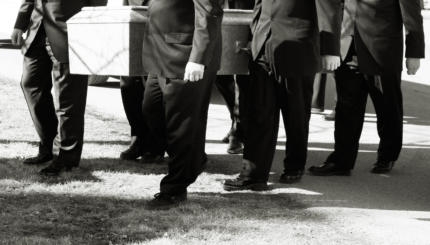Mourn
Mystical Messianism
Scholars debate the relationship between catastrophe, Jewish mysticism, and messianic fervor.
Haftarah for Shabbat Rosh Chodesh
The New Moon is a symbol of the feminine, and a time when all creatures will come together to praise God.
The Phases of Jewish Bereavement
Jewish mourning customs reflect the natural course of grief and recovery following the death of a loved one.
Chabad Messianism
Messianism in Chabad-Lubavitch challenges Jews of all denominations to consider the limits of Jewish theology.




